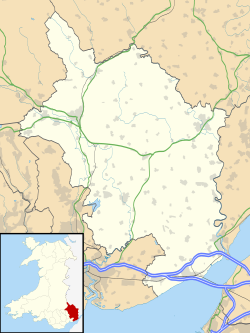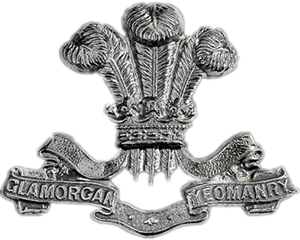
The Glamorgan Yeomanry was a Yeomanry regiment of the British Army originally raised in the late eighteenth century as a result of concern over the threat of invasion by the French. It was re-raised in the Second Boer War and saw service in both World War I and World War II. The lineage is maintained by C Troop, 211 Battery, 104th Regiment Royal Artillery.

The Derby Road drill hall is a former military installation in Nottingham, Nottinghamshire. It is a Grade II listed building.

The 224th Brigade was a Home Defence formation of the British Army in World War I and World War II. It existed under several variations of the 224th Brigade title.

The Monmouthshire Regiment was an infantry regiment of the British Army and the Territorial Army. Originating in units of rifle volunteers formed in Monmouthshire in 1859, the regiment served in the Second Anglo-Boer War and both World War I and World War II before losing its separate identity in 1967.
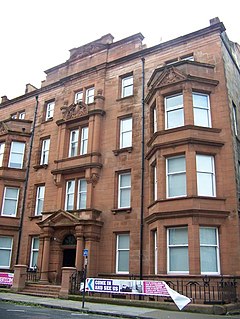
The West Princes Street drill hall is a former military installation in Glasgow, Scotland.

The Mitcham Road Barracks is an Army Reserve centre in Croydon, London, with a history dating back to 1794.

The Thorp street drill hall is a former military installation in Birmingham, England.
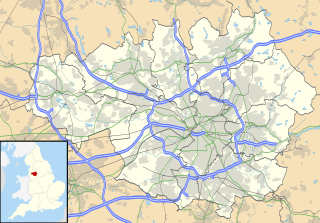
Stockport Armoury is a military installation in Stockport, Greater Manchester, England. It is a Grade II listed building.

Caernarfon Barracks is a former military installation in Caernarfon, Wales.

The Back Lane drill hall is a former military installation in Newtown, Wales.

The Conway Street drill hall is a former military installation in Brecon, Wales.
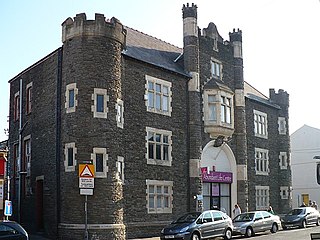
The Lower Dock Street Street drill hall is a former military installation in Newport, Wales.

The St Paul's Street drill hall is a military installation in Huddersfield, West Yorkshire. It is a Grade II listed building.

The Otley Road drill hall, sometimes known as Wellington House, is a former military installation in Skipton, North Yorkshire, England.

The Stanhope Road drill hall, sometimes known as the Connaught Drill Hall, is a former military installation in Portsmouth, Hampshire. It is a Grade II listed building.

The Drill Hall Road Army Reserve Centre is a military installation in Newport, Isle of Wight.

Mill Street Barracks is a former military installation in St Helens, Merseyside.
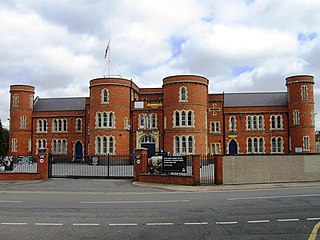
The Clare Street drill hall is a military installation in Northampton, Northamptonshire. It is a Grade II listed building.

The Church Street drill hall is a military installation in Brighton. It is a Grade II listed building.

